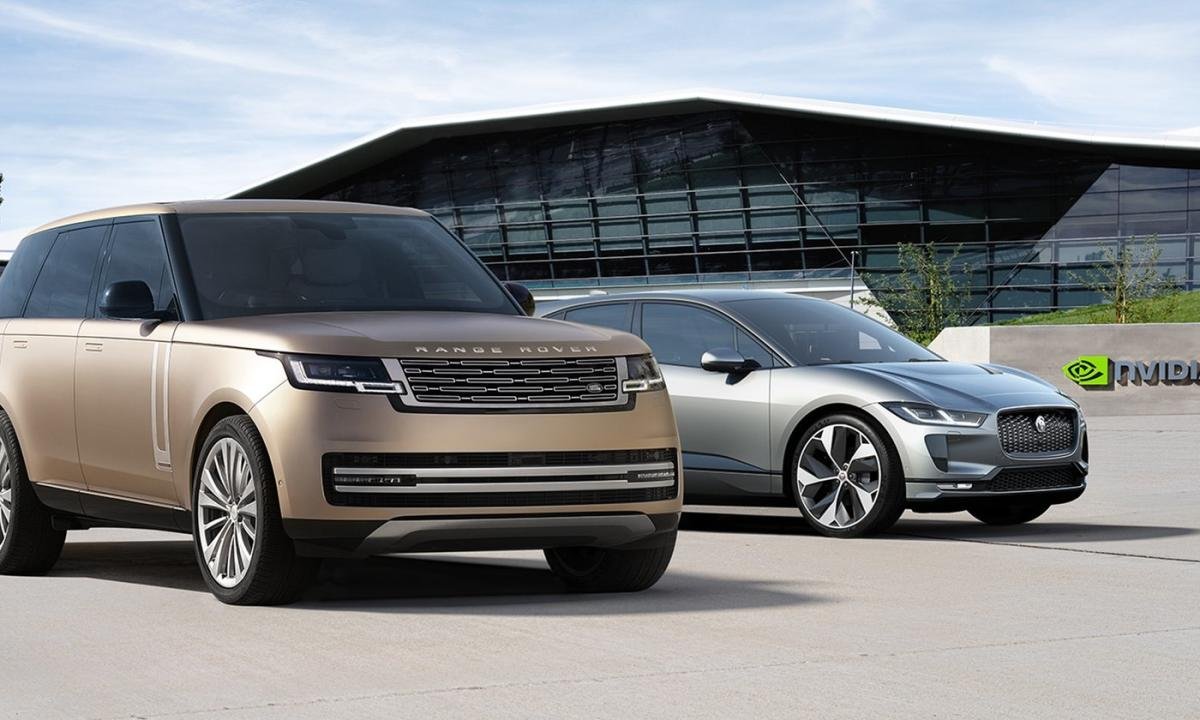Nvidia (NASDAQ: NVDA) was founded in 1993, and it went on to create the world’s first graphics processing units (GPUs) for computing, media, and gaming applications. Now, decades later, the company has adapted those powerful chips for data centers, where they are used to develop advanced artificial intelligence (AI) models.
Nvidia CEO Jensen Huang believes data center operators will spend $1 trillion over the next four years on upgrading their infrastructure to meet demand from AI developers. Since the data center segment currently accounts for 88% of Nvidia’s total revenue, that spending will be instrumental to the company’s future success.
However, the semiconductor industry has always been cyclical, so the data center boom won’t last forever. That’s why it’s critical for Nvidia to diversify its revenue streams, and at the CES 2025 technology conference on Jan. 7, Huang delivered some incredible news for investors on that front.
Nvidia saw the autonomous driving revolution coming. In fact, the company’s automotive business is more than two decades old, but its revenues were so tiny that it lived in the shadow of the gaming and data center segments. That’s all about to change, because global car brands like Mercedes-Benz, Hyundai, BYD, Volvo, Toyota, and more are adopting Nvidia’s Drive platform to power their autonomous ambitions.
Drive provides all of the internal hardware and software a car needs for self-driving capabilities. That includes Nvidia’s latest chip called Thor, which processes all of the incoming data from the car’s sensors to determine the best course of action on the road. But Nvidia’s opportunity doesn’t end there, because it also sells the infrastructure a car company needs to maintain and improve its autonomous models, so it can differentiate itself from the competition.
In addition to Drive, Huang says car companies are buying DGX data center systems featuring its latest Blackwell-based GB200 GPUs, which deliver the necessary computing power to continuously train self-driving software. Then there is Nvidia’s new Cosmos multimodal foundation model, which allows companies to run millions of real-world simulations using synthetic data, serving as training material for the software.
Overall, Huang says autonomous vehicles could be the first multitrillion-dollar opportunity in the emerging robotics space. He’s not alone, because Cathie Wood’s Ark Investment Management thinks technologies like autonomous ride-hailing could create $14 trillion in enterprise value by 2027, with the majority of that value attributed to autonomous platform providers — in this case, that would be Nvidia.

